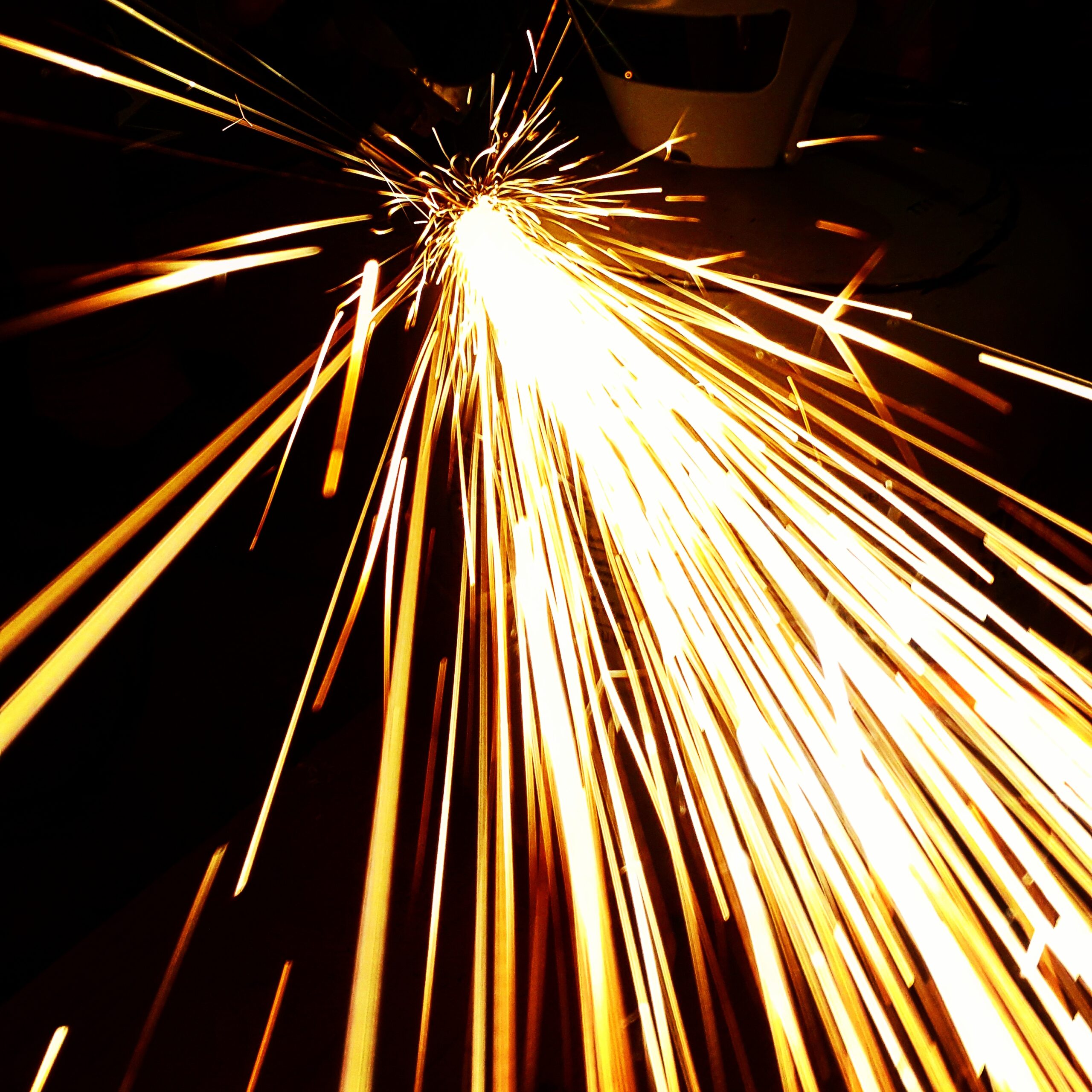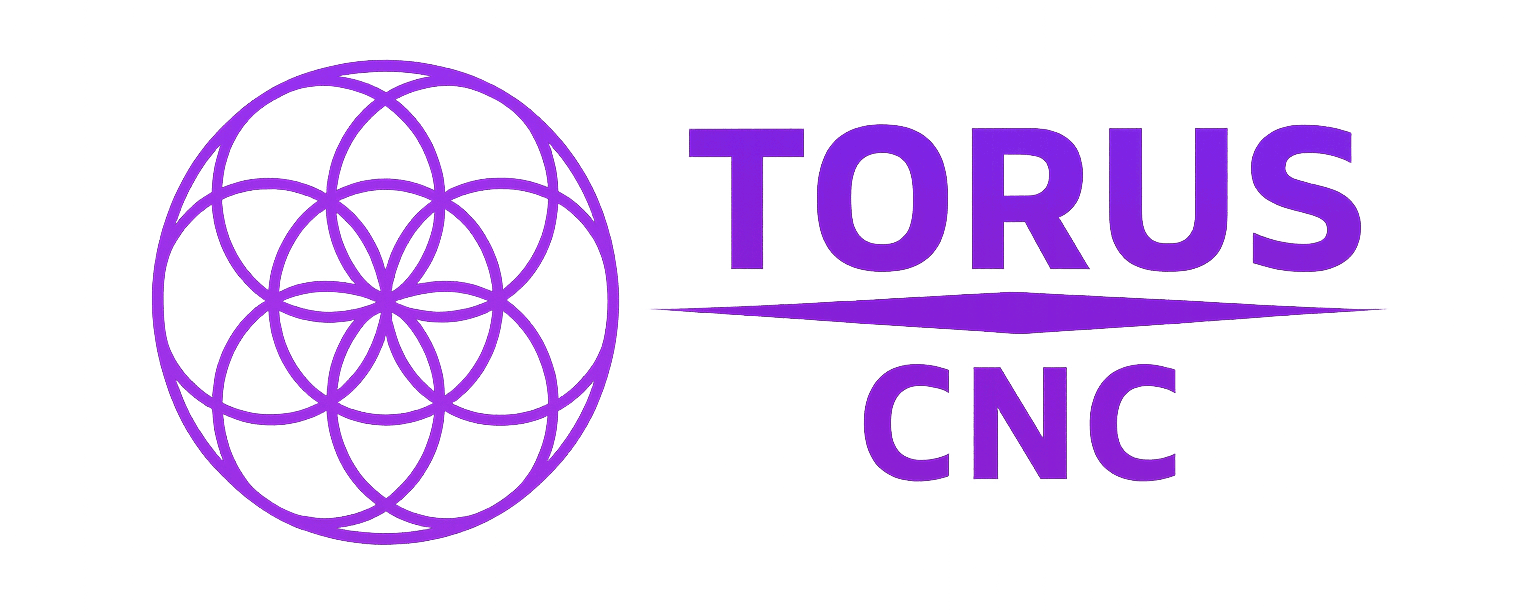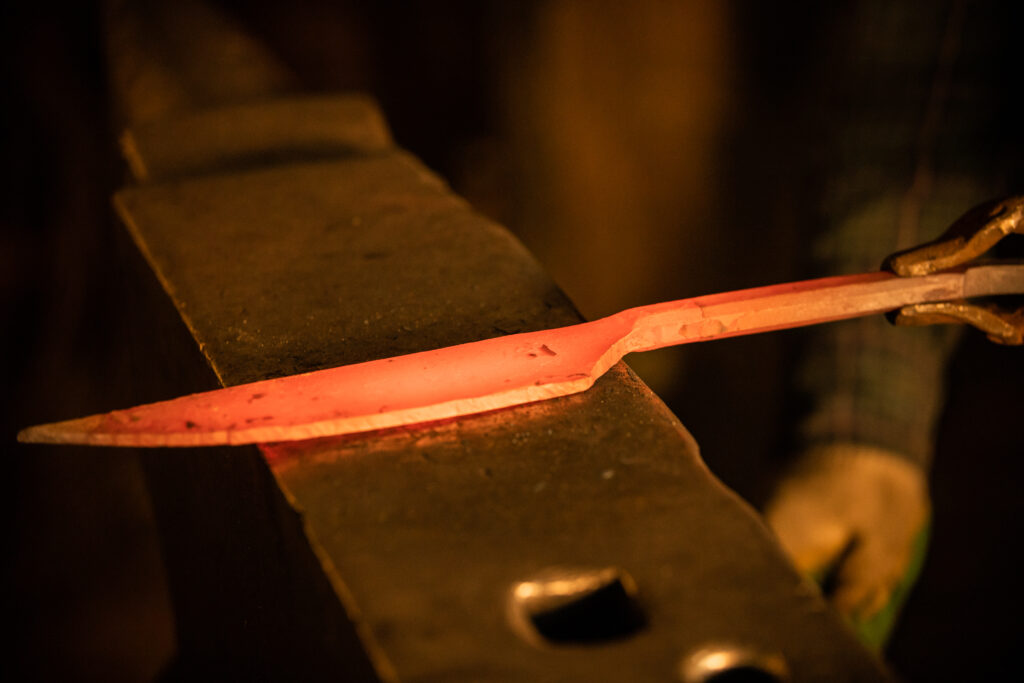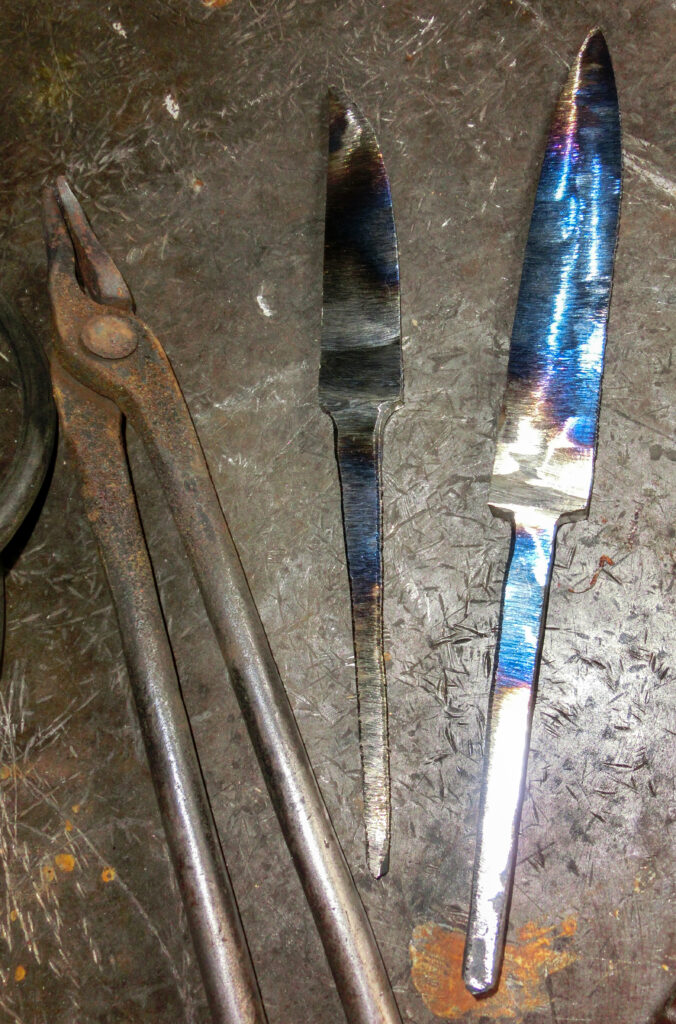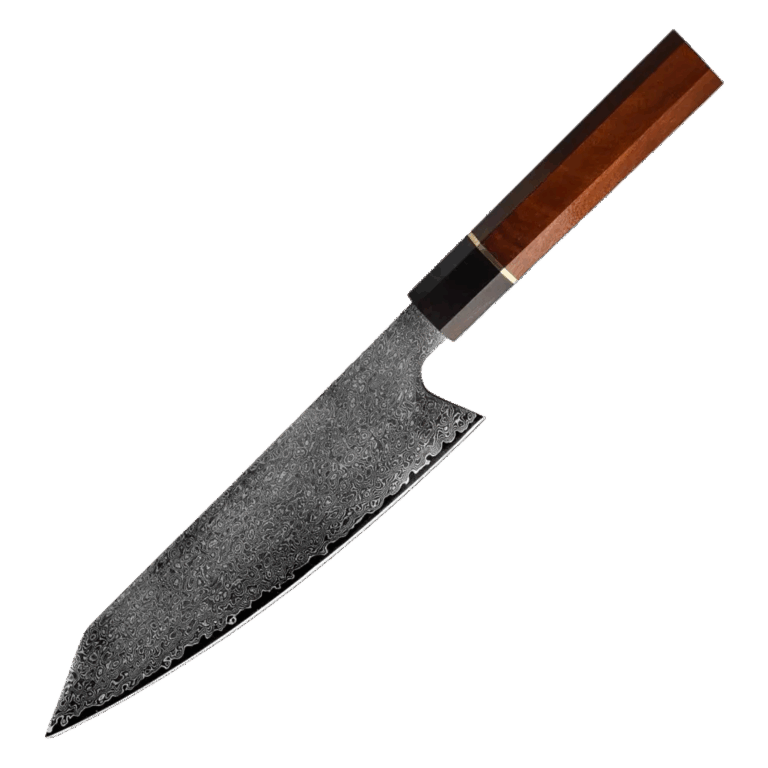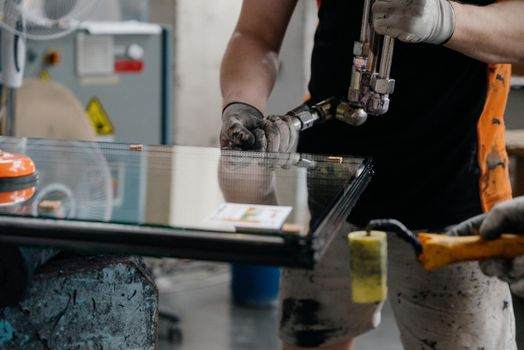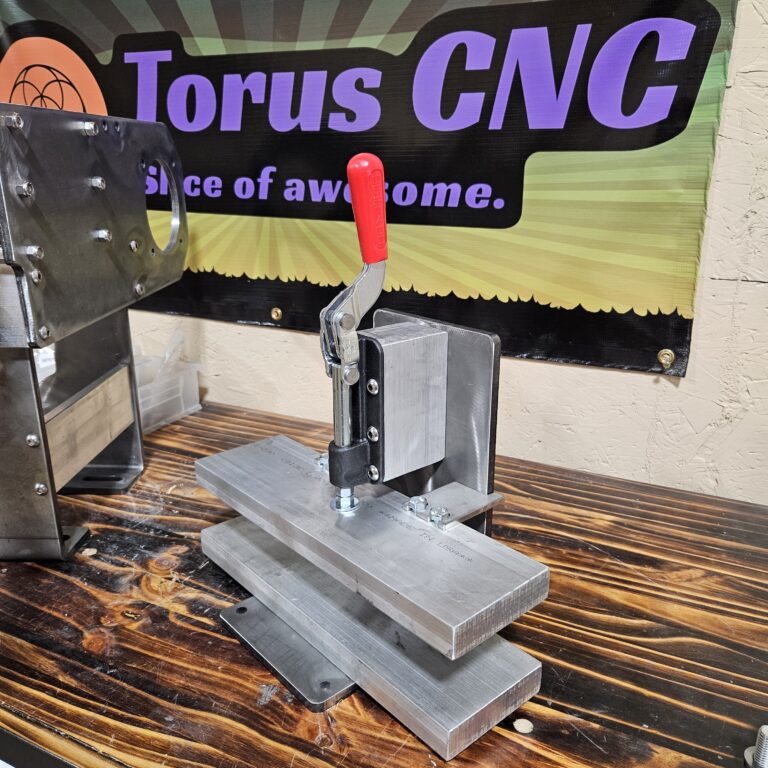Slack belt flex is a critical aspect of achieving optimal performance in various applications, particularly in the realm of knife making and metalworking. The flexibility of the belt allows for smoother transitions and more controlled movements, which are essential for precision tasks. When the slack belt is properly adjusted, it can adapt to the contours of the material being worked on, ensuring that the blade or tool maintains consistent contact with the surface.
This adaptability not only enhances the quality of the finished product but also reduces the risk of damage to both the tool and the material. Moreover, slack belt flex plays a significant role in the overall efficiency of the process. A well-tuned slack belt system minimizes friction and wear, allowing for longer operational periods without the need for frequent adjustments or replacements.
This efficiency translates into time savings and cost-effectiveness, making it an essential consideration for professionals in the field. Understanding how to optimize slack belt flex can lead to improved outcomes in both craftsmanship and productivity.
Key Takeaways
- Understanding the importance of slack belt flex is crucial for smooth and seamless handle transitions in martial arts and other movement disciplines.
- Choosing the right belt material is essential for maximum flexibility, as it directly impacts the ability to perform organic and fluid movements.
- Adjusting tension is key to achieving optimal slack belt flex, allowing for the right amount of resistance for smooth handle transitions.
- Utilizing proper belt size is necessary for smooth handle transitions, as it ensures the belt fits comfortably and allows for seamless movement.
- Incorporating organic movement techniques, controlled breathing, and dynamic stretching are all essential for achieving effortless flexibility and seamless handle transitions.
Choosing the Right Belt Material for Maximum Flexibility
Selecting the appropriate belt material is paramount when aiming for maximum flexibility in slack belt systems. Different materials offer varying degrees of elasticity and durability, which can significantly impact performance. For instance, belts made from synthetic materials such as polyurethane or rubber tend to provide excellent flexibility while maintaining strength.
These materials can stretch and conform to different shapes without losing their structural integrity, making them ideal for applications that require a high degree of movement. In contrast, traditional leather belts may offer a more rigid structure, which can limit flexibility but provide a unique aesthetic appeal. While leather can be suitable for certain applications, it may not deliver the same level of performance as synthetic alternatives in high-demand environments.
Therefore, it is crucial to assess the specific requirements of your project and choose a belt material that aligns with those needs. By prioritizing flexibility in your material selection, you can enhance the overall effectiveness of your slack belt system.
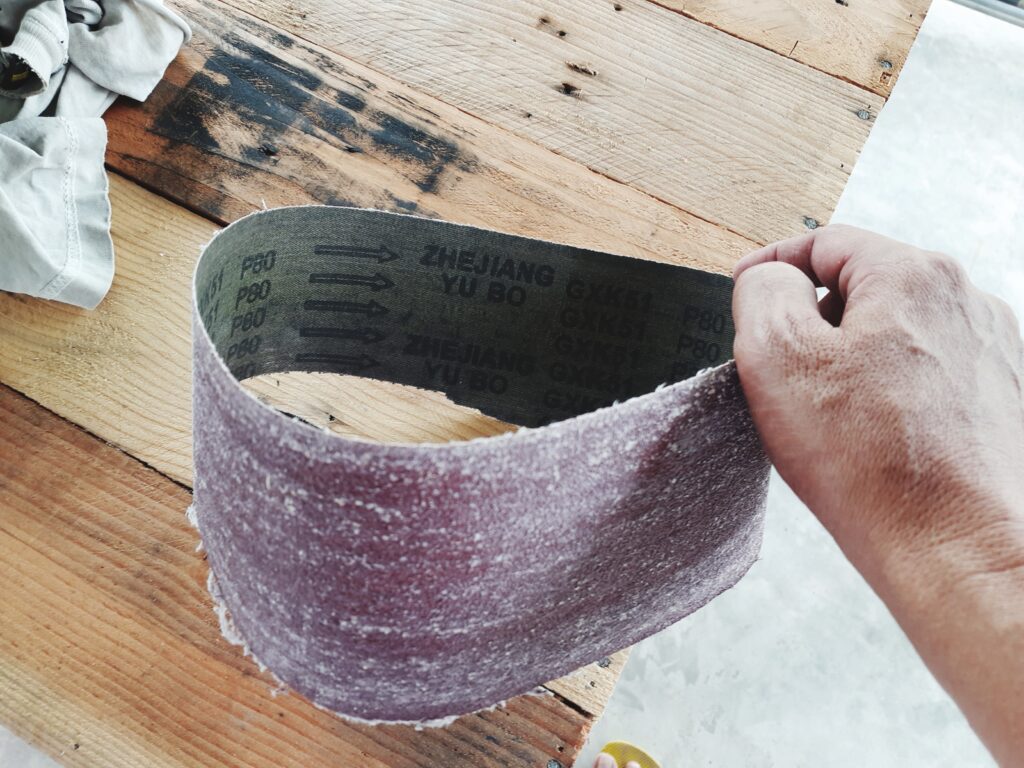
Adjusting Tension for Optimal Slack Belt Flex
The tension of a slack belt is a vital factor that directly influences its flexibility and performance. Proper tension adjustment ensures that the belt maintains an appropriate level of slack, allowing it to flex as needed during operation. If the tension is too tight, it can restrict movement and lead to premature wear on both the belt and the machinery.
Conversely, if the tension is too loose, it may result in excessive slack, causing instability and inconsistent performance. To achieve optimal slack belt flex, it is essential to regularly monitor and adjust tension based on usage conditions. This may involve fine-tuning the tensioning mechanism or employing tools designed for precise adjustments.
Additionally, understanding the specific requirements of your application can guide you in determining the ideal tension settings. By maintaining proper tension, you can ensure that your slack belt operates efficiently, providing the flexibility necessary for smooth transitions and high-quality results.
Utilizing Proper Belt Size for Smooth Handle Transitions
The size of the slack belt is another critical element that affects its performance and flexibility. Using a belt that is appropriately sized for your equipment ensures that it can move freely without unnecessary friction or resistance. A belt that is too small may struggle to accommodate the required movements, while one that is too large could lead to excessive slack and instability during operation.
When selecting a belt size, it is important to consider both the dimensions of your machinery and the specific tasks you intend to perform. A well-fitted belt will facilitate smooth handle transitions, allowing for greater control and precision during use. Additionally, ensuring that your belt is compatible with your equipment can prevent potential issues related to misalignment or improper fit.
By prioritizing proper belt size, you can enhance the overall functionality of your slack belt system.
Incorporating Organic Movement Techniques for Seamless Transitions
Incorporating organic movement techniques into your workflow can significantly enhance the effectiveness of slack belt flex during handle transitions. Organic movement emphasizes fluidity and natural motion, allowing operators to engage with their tools in a way that feels intuitive and comfortable. This approach not only improves efficiency but also reduces fatigue and strain on the body.
Practicing organic movement techniques involves developing an awareness of how your body interacts with the tools at hand. This may include adjusting your stance, grip, or posture to facilitate smoother transitions between movements. By focusing on maintaining a relaxed yet engaged state, you can achieve greater control over your actions, leading to more precise results.
Embracing organic movement techniques can transform your approach to handling tools, ultimately enhancing both performance and enjoyment in your craft.
Practicing Controlled Breathing for Fluid Handle Transitions
Controlled breathing is an often-overlooked aspect of achieving fluid handle transitions when working with slack belts. The rhythm of your breath can influence your physical state, impacting both focus and muscle tension. By practicing controlled breathing techniques, you can cultivate a sense of calm and concentration that translates into smoother movements during operation.
To implement controlled breathing into your workflow, consider adopting a consistent breathing pattern that aligns with your actions. For example, inhaling deeply as you prepare to make a cut or transition can help center your focus, while exhaling during the action can promote relaxation and fluidity. This synchronization between breath and movement fosters a more harmonious connection with your tools, allowing for greater precision and control.
By integrating controlled breathing into your practice, you can enhance your overall performance and achieve more seamless handle transitions.
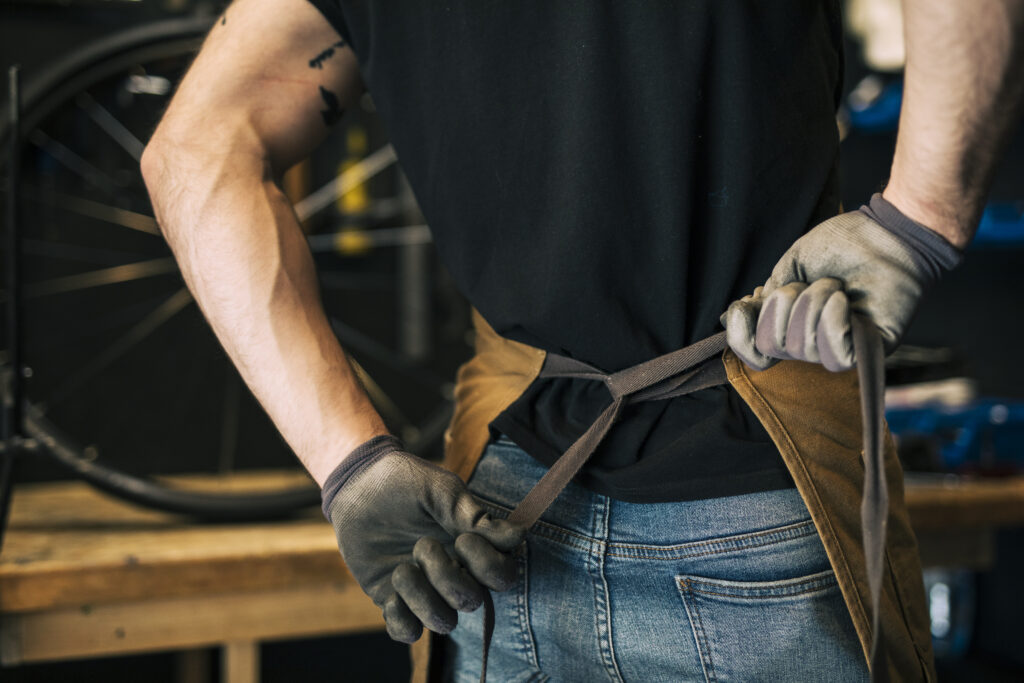
Maintaining Proper Body Alignment for Effortless Flexibility
Proper body alignment is crucial for achieving effortless flexibility when working with slack belts. Misalignment can lead to unnecessary strain on muscles and joints, hindering your ability to move fluidly and efficiently. By focusing on maintaining correct posture and alignment throughout your movements, you can enhance both comfort and performance.
To achieve proper body alignment, pay attention to your stance and positioning relative to your work area. Ensure that your feet are shoulder-width apart and that your weight is evenly distributed. Additionally, keep your spine straight and shoulders relaxed to promote optimal movement mechanics.
By cultivating awareness of your body alignment, you can reduce tension and improve overall flexibility during handle transitions. This attention to alignment not only enhances performance but also contributes to long-term physical well-being.
Incorporating Dynamic Stretching for Improved Belt Flex
Dynamic stretching is an effective way to enhance slack belt flex by preparing your muscles for movement before engaging in tasks. Unlike static stretching, which involves holding positions for extended periods, dynamic stretching incorporates active movements that mimic the actions you will perform during operation. This approach increases blood flow to the muscles and improves overall flexibility.
Incorporating dynamic stretching into your routine can be as simple as performing arm circles or leg swings before starting work with slack belts. These movements help activate key muscle groups while promoting joint mobility, setting the stage for smoother transitions during operation. By prioritizing dynamic stretching as part of your preparation process, you can enhance both performance and safety while working with tools.
Using Visualization Techniques for Smooth Organic Handle Transitions
Visualization techniques can be a powerful tool for achieving smooth organic handle transitions when working with slack belts. By mentally rehearsing movements before executing them physically, you can enhance muscle memory and improve overall performance. Visualization allows you to create a mental blueprint of how each transition should feel, promoting greater confidence and control during operation.
To effectively utilize visualization techniques, take a moment before starting work to close your eyes and envision each step of the process. Imagine yourself moving fluidly through each transition, paying attention to how your body feels as you engage with the tools at hand. This mental practice not only reinforces proper technique but also helps alleviate anxiety or hesitation that may arise during actual operation.
By incorporating visualization into your routine, you can foster a greater sense of ease and proficiency in handling tools.
Implementing Progressive Training Methods for Increased Flexibility
Progressive training methods are essential for developing increased flexibility when working with slack belts over time. Rather than attempting to achieve maximum flexibility all at once, progressive training emphasizes gradual improvement through consistent practice and incremental challenges. This approach allows individuals to build strength and adaptability without risking injury or burnout.
To implement progressive training methods effectively, start by assessing your current level of flexibility and identifying specific areas for improvement. Set achievable goals that encourage gradual advancement while incorporating varied exercises or techniques into your routine. As you progress, continue to challenge yourself by introducing new movements or increasing intensity levels gradually.
This structured approach not only enhances flexibility but also fosters a sense of accomplishment as you witness tangible improvements over time.
Troubleshooting Common Flexibility Issues for Handle Transitions
Despite best efforts, individuals may encounter common flexibility issues when working with slack belts that hinder smooth handle transitions. Identifying these challenges early on is crucial for maintaining optimal performance and preventing frustration during operation. Common issues may include excessive stiffness in the belt material or improper tension settings that restrict movement.
To troubleshoot these issues effectively, begin by assessing the condition of your slack belt system regularly. Check for signs of wear or damage that may impact flexibility and replace components as needed. Additionally, revisit tension settings to ensure they align with operational requirements; adjustments may be necessary based on changes in usage patterns or material types being worked on.
By proactively addressing these common flexibility issues, you can maintain a high level of performance while enjoying seamless handle transitions throughout your work process. In conclusion, understanding slack belt flex is essential for achieving optimal performance in various applications such as knife making and metalworking. By choosing the right materials, adjusting tension appropriately, utilizing proper sizing techniques, incorporating organic movement practices, practicing controlled breathing, maintaining body alignment, engaging in dynamic stretching routines, employing visualization techniques, implementing progressive training methods, and troubleshooting common issues effectively—craftsmen can enhance their skills significantly while ensuring smooth handle transitions throughout their work processes.
FAQs
What is Slack Belt Flex?
Slack Belt Flex refers to the ability of a belt to flex and move freely, allowing for smooth and organic transitions when handling the belt.
How can Slack Belt Flex be leveraged for organic handle transitions?
By utilizing the flexibility of the slack belt, practitioners can seamlessly transition between different handles and grips, allowing for more fluid and natural movements during activities such as martial arts, fitness training, or industrial applications.
What are the benefits of leveraging Slack Belt Flex for organic handle transitions?
Leveraging Slack Belt Flex can improve overall performance and efficiency by reducing resistance and friction during handle transitions. It can also help prevent strain and injury by allowing for more natural and ergonomic movements.
How can Slack Belt Flex be optimized for specific applications?
Optimizing Slack Belt Flex for specific applications may involve adjusting the tension, material, and design of the belt to best suit the intended use. This may require experimentation and testing to find the optimal configuration for a particular application.
